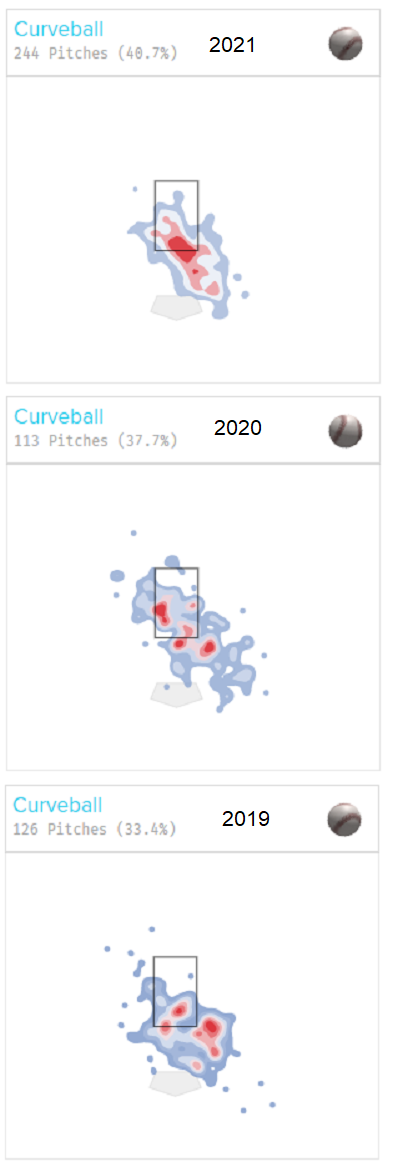The Next Members of the 500 Home Run Club
Miguel Cabrera became the 28th member of the 500 homer club last Sunday with a solo shot off Toronto’s Steven Matz. Approaching 40 and about five years removed from being one of baseball’s most feared sluggers, his 500th homer looks to be one of the last big highlights on his résumé; his 3,000th hit is coming as well, but he’s running out of calendar on that one, and it’s likely he’ll end 2021 about 20 or so hits shy of joining that exclusive society.
For a long time, Cabrera looked as if he had a chance to hit 600 or more homers. He had the 12th-most before his age-30 season, bopping 321 through his 20s, with the last ones coming in his Triple Crown season of 2012. But while his 30s got off to a roaring start with 44 homers added to the tally in 2013, it’s taken him nearly eight more seasons to add another 136 to his line — a rather paltry 17 per year — thanks to a combination of injuries and slowing bat speed.
Hitting 600 homers now looks out of reach for Cabrera, who could theoretically remain a Tiger for at least four more seasons, though that would require a shocking reversal of fortune for Detroit to pick up the option years of 2024 and ’25 that are unlikely to vest because of 2023 MVP votes. The most likely scenario is that he plays out the last two seasons and retires with an Old English D on his cap, followed by Hall of Fame induction five years later. While 500 homers may not be as impressive a feat as it once was, it’s still a viable path to Cooperstown; every eligible hitter who’s reached that mark is in the Hall unless they were connected credibly to the use of steroids. Albert Pujols won’t be the exception to that rule, and neither will Cabrera.
Either way, I hope you enjoyed this 500th home run, because it’s actually going to be a decent wait until we see another one. Baseball has an impressive stable of young phenoms, but being young phenoms, they don’t yet have impressive quantities on their career lines. Since Babe Ruth became the first 500-homer hitter in 1929, the average wait for a new member has been a scant 3.4 years. Despite the widespread belief that the relative ease of joining this club is a recent development, it’s actually been happening quite regularly since 1960. When Ted Williams hit his 500th, it had been 15 years since Mel Ott’s 500th. From Williams to the increase in league homer rate in the early 90s, the average wait was 2.7 years. Since then, the typical interregnum has dropped to 2.4 years, and since Eddie Murray in 1996, there hasn’t been a wait of more than five seasons.

 Dan Szymborski
Dan Szymborski